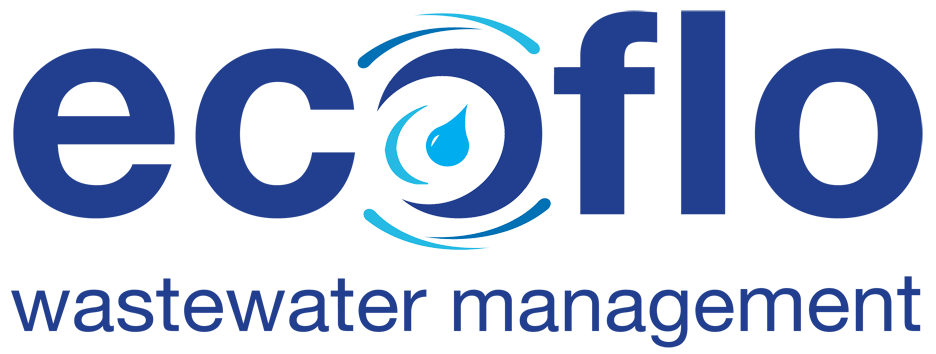Customer: Stuart E. NSW
Product: Classic 850
Project: Build a self-sustaining home
The 100 m2 home with two bathrooms, designed for two plus guests, was built on the Sunshine Coast by Direct Portable Buildings and delivered to site on the northern coast of NSW on the back of a couple of trucks.
Background:
The location of the cabin’s site was chosen based on accommodating the waterless toilet tanks beneath the home. One of the bathrooms was well located for installing and servicing the loos. We went with the lower cost batch process Nature Loo 850 with aerator option. The other was in an awkward position with inadequate space to stand, surrounded by large rocks and 20 metres to drag a full bin when full. Whilst there would have been enough room to install the Nature Loo Classic 850, it would have required a lot of effort to service the bins. There were too many obstacles in the way; rocks and pillars and beams. We installed the continuous process Clivus Multrum CM10. Both toilets are working well.
How about maintenance and how often do the bins need to be emptied?
We rotated the first 850 compost bin after a year, but we could have left it several more months more. Whilst the bin was not too heavy I am glad I did not have to manoeuvre it over rocky or hilly ground although the wheels certainly aided the process.
The CM10 has not needed emptying yet. We have just raked the surface to level the pyramid effect under the pedestal and added some water.
What else did we do to save water?
We managed to persuade our local geotechnical engineer to push through council the approval of the grease trap and Ecoflo GWS10 sand filter. This despite it not being approved by the NSW Government on account of there being no septic tank! Some geotechs and councils will approve the GWS10 despite a lack of state approval. The 300L grease trap is collecting grease but there is still no need to pump it out.
The GWS10 looks just like a tank full of occasionally moist pine bark. To minimise grease build up we wipe plates with the paper towel before washing them.
We installed water tanks with a capacity of 35000L (plus 20000L for the rural fire service). In Summer it was not enough. We had to call on reinforcements at a cost of $280 per 18000L delivery. This makes me glad we installed the waterless loos to save on our water consumption.
